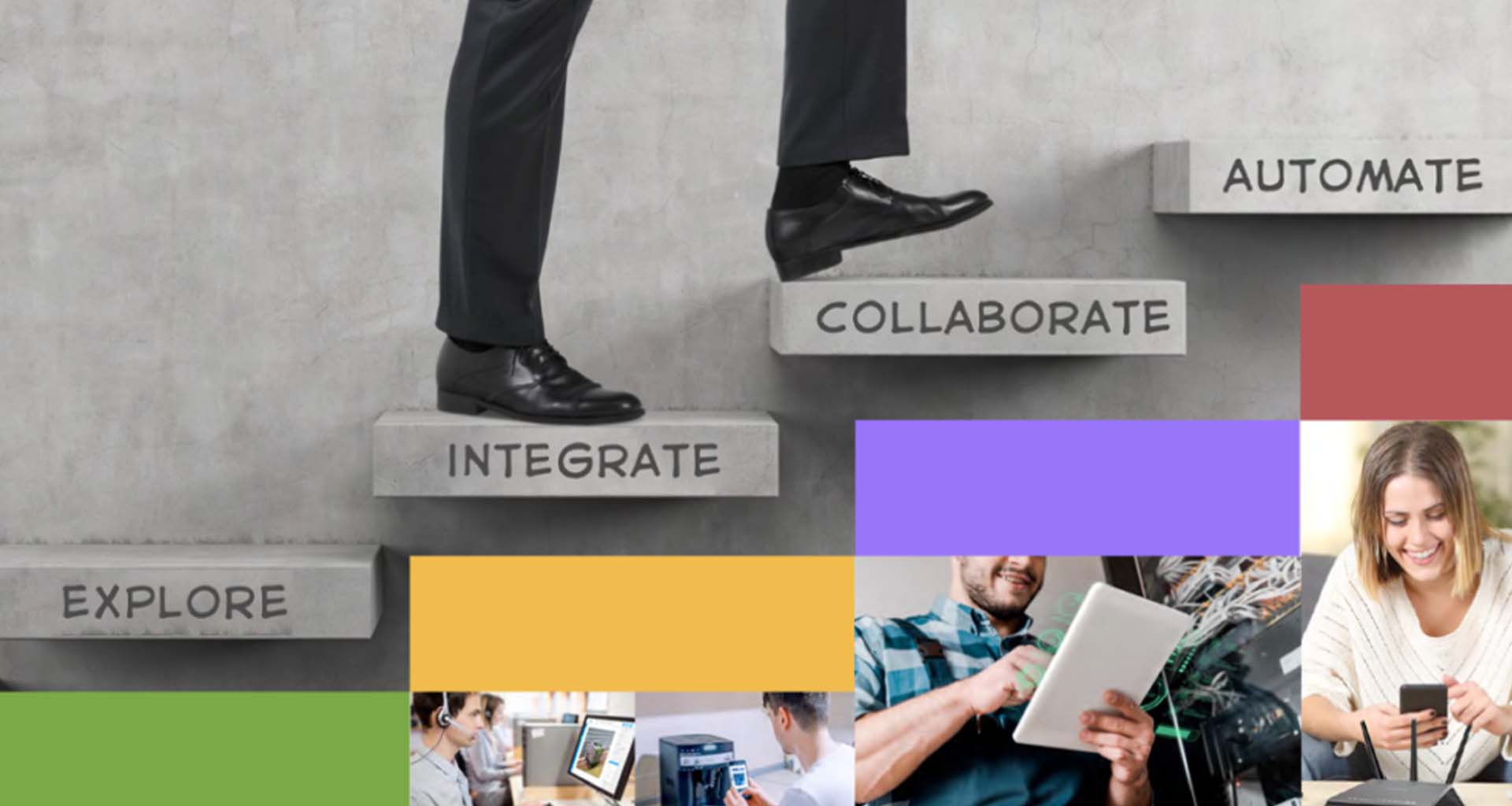Contents
Using a Maturity Model for remote support capability can provide valuable information both about what may be missing in your current level of adoption, but also introduce the concepts necessary to take it to the next level. You can access a detailed, comprehensive maturity model for remote support, or read on for some examples.
In the current environment where safety is paramount, social distancing is the norm, and every expense is scrutinized, remote support has moved from a nice-to-have tool to a must-have solution across industries. To be sure, this is not a new concept. For years, organizations have been attempting to resolve more of their customer’s issues remotely in order to boost overall effectiveness. However, more recently, the focus on remote support has been increasing, driven mainly by the rising expectations of customers, the growing complexity of cases, and the emergence of new technologies such as IoT diagnostics, video, AR and computer vision AI. The current pandemic has further accelerated the adoption of a remote support model by a wide range of organizations.
But true remote support, rather than an ad hoc response, requires organizations to embark on a long-term, multi-phase journey. Full-on remote support cannot be built in a day. It is an evolutionary process that includes constant learning, adaption and education, just like other journeys in the digital transformation space.
The journey to advanced remote support
There are many steps along the journey to remote support. Different organizations may find themselves at different points along the journey. As progress is made, organizations will find that not only are they more innovative or advanced technologically, but they will have gained a competitive edge with the ability to resolve more issues remotely, reduce both customer and employee effort, and optimize their costs.
Implementing remote support
Consider this scenario:
Coffee Crew, a consumer electronics manufacturer, has a customer who is having trouble operating his smart espresso machine. The customer checks the website and finds the contact center’s phone number to call for help. The agent asks a series of questions to troubleshoot the problem, but when that proves unsuccessful, the agent asks the customer to point his smartphone camera at the machine so he can see the issue for himself. The agent recognizes a syncing issue so he uses screenshare technology to see the customer’s app, and walks the customer through the re-syncing process. If the issue cannot be resolved, the technician can use video to remotely conduct preliminary inspections of the issue prior to his visit to the customer’s home to make sure he brings the right equipment.
When using remote support, Coffee Crew recognizes that individual-based productivity metrics like AHT are not the top priority, because each call will take a bit longer to resolve. Instead, Coffee Crew focuses its KPIs on individual-based performance metrics, which instead measures its staff on product returns, remote resolution rate or length of machine downtime.
Certainly, Coffee Crew is delivering remote support to its customers, both in its contact center and via field services. The assistive technology is available over specific customer touchpoints and uses some key tools – like remote diagnostics, visual assistance via video, screen share, and co-browsing — in order to deliver the remote support. In addition, Coffee Crew demonstrates its vision by measuring staff performance rather than focusing solely on productivity. Coffee Crew gets high marks for its endeavors to provide its customers with remote support. But can Coffee Crew be doing more? Could Coffee Crew resolve this issue remotely without the need to dispatch a technician?
Consider the next example.
Taking Remote Support to the Next Level
Espresso Enterprise, a direct competitor of Coffee Crew, also has a customer who is having trouble operating his smart coffee machine. The customer checks the website and finds a variety of digital channels available to him, such as web, voice, chat, messaging, social media, video, and email. The customer contacts Espresso Enterprise’s chatbot to explain the problem, and is directed to upload images of the issue with his smartphone camera. When the issue cannot be resolved easily, the case is escalated to a live agent who decides due to the complexity of the case to ask a remote technician to join the call. The remote technician can pick up where the conversation left off by accessing the agent’s notes and the customer’s visuals. The technician uses Computer Vision technology to automatically detect the problem from the visuals, and receives decision support when the technology suggests the most relevant resolution based on model and history.
Computer vision also detects that one of the device’s cables is frayed, and the technician offers to send out a replacement, avoiding a future malfunction. While on the chat, the technician explains how to enable remote IoT diagnostics so the company can monitor the machine’s data in real time, including statistics about the amount and types of coffee used, and cleaning cycles vs. recommended intervals, enabling Espresso Enterprise to provide effective predictive maintenance in the future.
Espresso Enterprise also keeps track of individual-based performance KPIs, but doesn’t stop there. The company focuses on measuring customer and employee effort in every interaction, collaborative KPIs to encourage cross-department cooperation, and even includes proactive metrics such as Next issue avoidance (NIA).
Coffee Crew and Espresso Enterprise are both offering remote support. The difference? Maturity.
Maturity Model: Where does your organization stand?
Evaluating the maturity of your remote support capability helps you understand qualitatively where you stand as well as where you would like to be positioned based on your organization’s goals. We’ve compiled a comprehensive Remote Support Capability Maturity Model that helps you evaluate your organization’s remote support capabilities in your contact center and field services. The evaluation looks at the range of KPIs your organization measures, the remote support touchpoints and channels you offer to customers and employees, and the tools and technologies you utilize to provide remote support.
TechSee’s Maturity Model is divided into five levels:
- Foundation
- Explore
- Integrate
- Collaborate
- Automate
Each level is clearly explained and represents the next step on a proposed path towards fully implementing remote support capabilities across your organization.
The outcome of the evaluation should highlight any gaps in your organization’s path to maturity and help form the basis of strategic decisions for future remote support goals and required technologies.
Click here to start evaluating where you stand on the remote support spectrum.






